Renewable Energy Integration in India’s EV Charging Market: A Sustainable Revolution
Published: 2025-10-23
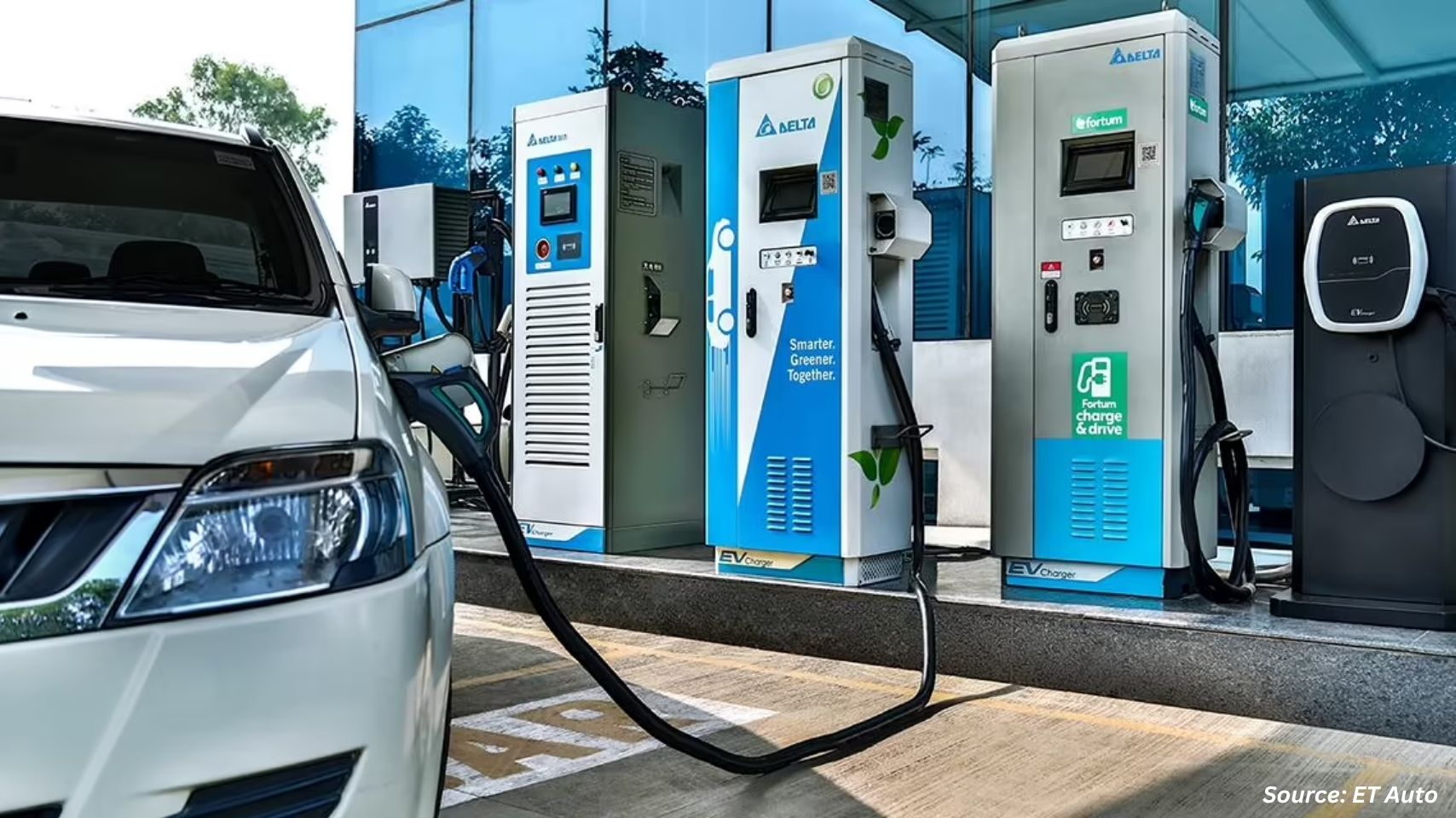
India’s electric vehicle (EV) charging market is undergoing a transformative shift, with renewable energy integration emerging as a pivotal trend. As the country accelerates toward its ambitious goal of 30% EV penetration by 2030, aligning charging infrastructure with clean energy sources like solar and wind is critical for sustainability. This blog delves into the role of renewable energy in powering India’s EV charging ecosystem, highlighting recent developments, challenges, and the path to a greener future.
Leveraging India’s Renewable Energy Potential for EV Charging Infrastructure
India’s extensive renewable energy potential across solar, wind, and hydropower provides a strong foundation for developing a sustainable electric vehicle charging infrastructure. With a renewable energy capacity of 208 GW as of October 2024, including 90 GW from solar and 47 GW from wind, the country is actively reducing the carbon footprint of EV charging.
The need for clean charging solutions has become more pressing with the rapid rise in EV adoption, as registrations increased from 1.3 million units in 2018 to 15.3 million units in 2023. This surge highlights the growing pressure on the power grid and the importance of integrating renewable sources to meet future charging demands efficiently. The EV charging market, in India valued at USD 348.50 million in 2024, is projected to reach USD 1652.20 million by 2030, growing at a CAGR of 30.87%, largely driven by the deployment of clean energy infrastructure.
This transition aligns with India’s National Electric Mobility Mission Plan (NEMMP) and its target of achieving net-zero emissions by 2070. As EV adoption accelerates, electricity demand is expected to rise by 10–12% annually. Integrating renewables into charging networks ensures this demand is met sustainably, reinforcing India’s clean mobility goals.
Electric Vehicle Registration Trends in India (2018–2023)
Recent Innovations in Renewable-Powered EV Charging
In 2024, India made notable progress in integrating renewable energy into electric vehicle (EV) charging infrastructure. The PM E-DRIVE scheme, introduced in October 2024, provides subsidies to encourage the setup of solar-powered charging stations. This has prompted public sector oil companies, such as Indian Oil Corporation (IOC), to invest USD 50 million in July 2024 to establish 500 solar-powered charging stations along highways.
Private players are also leading the charge. Tata Power, a dominant player in India’s EV charging market, has integrated 1,200 of its 5,000 charging stations with solar energy, generating 15 MW of clean energy as of March 2025. Similarly, Fortum India has partnered with renewable energy providers to power 800 chargers with solar and wind energy, reducing operational costs by 20%. Startups like Sun Mobility are deploying solar-powered battery-swapping stations for two- and three-wheelers, with 300 stations operational in Tier-1 cities by December 2024.
A notable development is the launch of India’s first solar-powered EV charging microgrid in Gurugram in August 2024, developed by BluSmart in collaboration with the Haryana Renewable Energy Development Agency (HAREDA). This microgrid, with a 1.2 MW solar capacity, powers 150 fast chargers, serving 2,000 EVs daily. Such projects demonstrate the feasibility of decentralized, renewable-powered charging solutions in urban areas.
Technological Innovations in Renewable Energy Integration for Electric Vehicle Charging in India
Technological advancements, supported by strategic initiatives and industry partnerships, are enhancing renewable energy integration into India's electric vehicle (EV) charging infrastructure. Smart grid technologies enable dynamic load management, allowing charging stations to prioritize renewable energy, like solar or wind, during peak production. IoT-enabled chargers monitor solar output in real-time, adjusting charging schedules to reduce reliance on non-renewable sources.
Companies like Delta Electronics lead with 200 kW DC fast chargers, integrating solar inverters to achieve 95% energy efficiency. Tata Power Renewable Energy has partnered with Tivolt Electric Vehicles to deploy 150 fast-charging stations for commercial EVs across India by 2026, powered by solar and wind. Similarly, Exicom showcased renewable-powered charging solutions at Bharat Mobility 2025, reducing grid dependency and enhancing sustainability.
Energy storage systems (ESS) are transforming the ecosystem by pairing lithium-ion battery storage with solar panels to capture excess energy for later use. In 2024, Exicom deployed 50 solar-powered charging stations with ESS in Maharashtra, cutting grid reliance by 60%.
Additionally, vehicle-to-grid (V2G) technology enables EVs to return stored renewable energy to the grid, supporting grid stability during peak demand. These innovations are building a sustainable, cleaner framework for EV charging, aligning with global clean energy goals.
Policy Support and Government Incentives Driving Renewable-Powered Charging Solutions
Government policies are accelerating renewable energy integration. The Ministry of New and Renewable Energy (MNRE) has allocated USD 120 million under the National Solar Mission to develop solar-powered EV charging infrastructure by 2027. The revised guidelines for the FAME II scheme, extended until March 2025, provide up to 50% capital subsidies for solar-powered chargers. States like Karnataka and Gujarat offer additional incentives, such as zero land conversion fees for solar charging projects.
The Bureau of Energy Efficiency (BEE) introduced the “Green Charging Initiative” in 2024, mandating that 25% of new public charging stations by 2026 source at least 50% of their energy from renewables. This policy has encouraged public-private partnerships, with companies like Adani Green Energy collaborating with ChargeZone to develop 1,000 solar-powered chargers along the Delhi-Mumbai Expressway.
Key Manufacturers Shaping India’s Renewable-Powered EV Charging Landscape
The growth of India’s EV charging infrastructure is supported by a diverse group of manufacturers, ranging from those that design and produce their own chargers to those that rely on white-labelling. The following table categorizes major suppliers based on their manufacturing approach, highlighting the industry’s focus on innovation and scalability. This distinction is crucial for stakeholders to evaluate technological capabilities, assess supply chain reliability, and identify potential partners for advancing renewable energy integration in EV charging.
List Of Self Manufactured Vs Whitelabelled Charger Manufacturers
Table 1. List Of Self Manufactured Vs Whitelabelled Charger Manufacturers
|
Supplier |
Own Manufacturing/Designing |
Primarily White-Label |
|
Servotech Power Systems |
Yes |
No |
|
Exicom Tele-Systems |
Yes |
No |
|
Tata Power |
Partial |
No |
|
Ather Energy |
Yes |
No |
|
Delta Electronics India |
Yes |
No |
|
Mass-Tech Controls |
Yes |
No |
|
XX |
XX |
XX |
|
XX |
XX |
XX |
|
XX |
XX |
XX |
|
XX |
XX |
XX |
|
XX |
XX |
XX |
|
XX |
XX |
XX |
|
XX |
XX |
XX |
|
XX |
XX |
XX |
|
XX |
XX |
XX |
|
XX |
XX |
XX |
|
XX |
XX |
XX |
|
XX |
XX |
XX |
|
XX |
XX |
XX |
|
XX |
XX |
XX |
|
XX |
XX |
XX |
|
XX |
XX |
XX |
Curious about the India EV Charging Market? Grab a FREE Sample Now!
Growth Opportunities in Renewable Energy-Driven EV Charging Solutions
The integration of renewable energy into electric vehicle (EV) charging infrastructure offers a USD 10 billion market opportunity by 2030, driven by the need for 1.32 million chargers to support 50 million EVs. In 2024, solar panel prices decreased by 15% due to increased domestic manufacturing under the Production Linked Incentive (PLI) scheme, making renewable-powered charging more cost-effective. Microgrids and community solar projects provide scalable solutions for Tier-2 and Tier-3 cities, where EV adoption is expanding.
Partnerships between renewable energy providers and EV charging companies reduce operational costs and enhance sustainability. For instance, ReNew Power and Statiq plan to power 2,000 chargers with wind and solar energy by 2026, focusing on semi-urban areas. Additionally, the increasing demand for sustainable corporate mobility solutions is creating business-to-business opportunities, with companies like Amazon India committing to EV fleets powered by renewable energy.
Conclusion: The Path Toward a Greener, More Resilient EV Charging Future
Renewable energy integration is reshaping India’s EV charging market, aligning it with global sustainability goals. To realize its full potential, India must address cost barriers, enhance grid infrastructure, and promote innovation in energy storage and smart charging. Continued policy support, such as extending subsidies and streamlining land acquisition, will be crucial.
By leveraging its renewable energy potential, India can build a charging ecosystem that not only powers EVs but also drives economic growth and environmental stewardship. The synergy between clean energy and electric mobility positions India as a global leader in sustainable transportation, paving the way for a greener, more resilient future.
About the Author
 Baishali Sengupta is a dedicated Research Associate with more than 3 years of experience in the market research field. Known for her keen analytical skills and meticulous attention to detail, she excels in distilling complex data into actionable insights. Baishali combines a passion for research with a commitment to delivering high-quality, accurate information. Her proactive approach and enthusiasm for continuous learning make her a valuable asset in understanding market trends and driving informed decision-making.
Baishali Sengupta is a dedicated Research Associate with more than 3 years of experience in the market research field. Known for her keen analytical skills and meticulous attention to detail, she excels in distilling complex data into actionable insights. Baishali combines a passion for research with a commitment to delivering high-quality, accurate information. Her proactive approach and enthusiasm for continuous learning make her a valuable asset in understanding market trends and driving informed decision-making.
About the Reviewer
 Sanyukta Deb is a seasoned Content Writer and Team Leader in Digital Marketing, known for her expertise in crafting online visibility strategies and navigating the dynamic digital landscape. With a flair for developing data-driven campaigns and producing compelling, audience-focused content, she helps brands elevate their presence and deepen user engagement. Beyond her professional endeavors, Sanyukta finds inspiration in creative projects and design pursuits.
Sanyukta Deb is a seasoned Content Writer and Team Leader in Digital Marketing, known for her expertise in crafting online visibility strategies and navigating the dynamic digital landscape. With a flair for developing data-driven campaigns and producing compelling, audience-focused content, she helps brands elevate their presence and deepen user engagement. Beyond her professional endeavors, Sanyukta finds inspiration in creative projects and design pursuits.
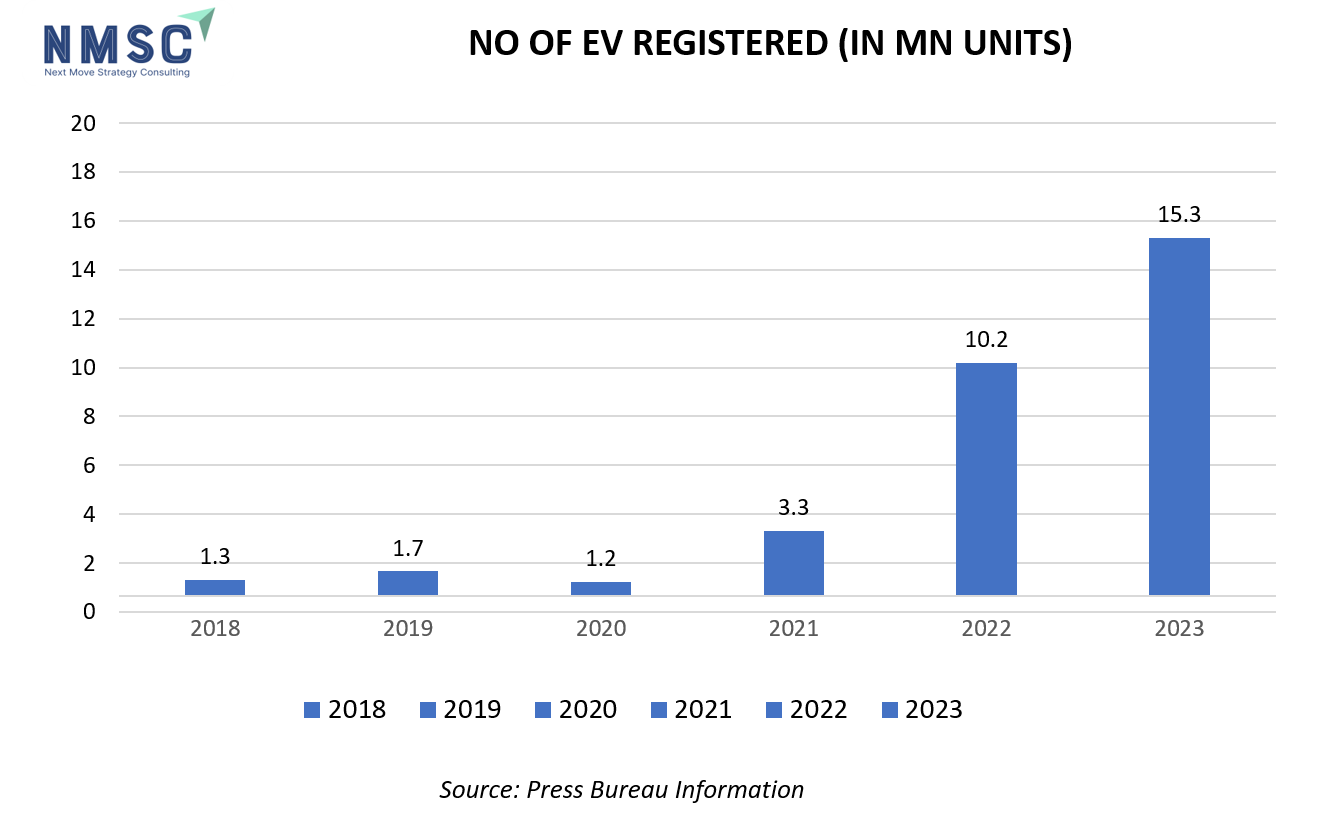








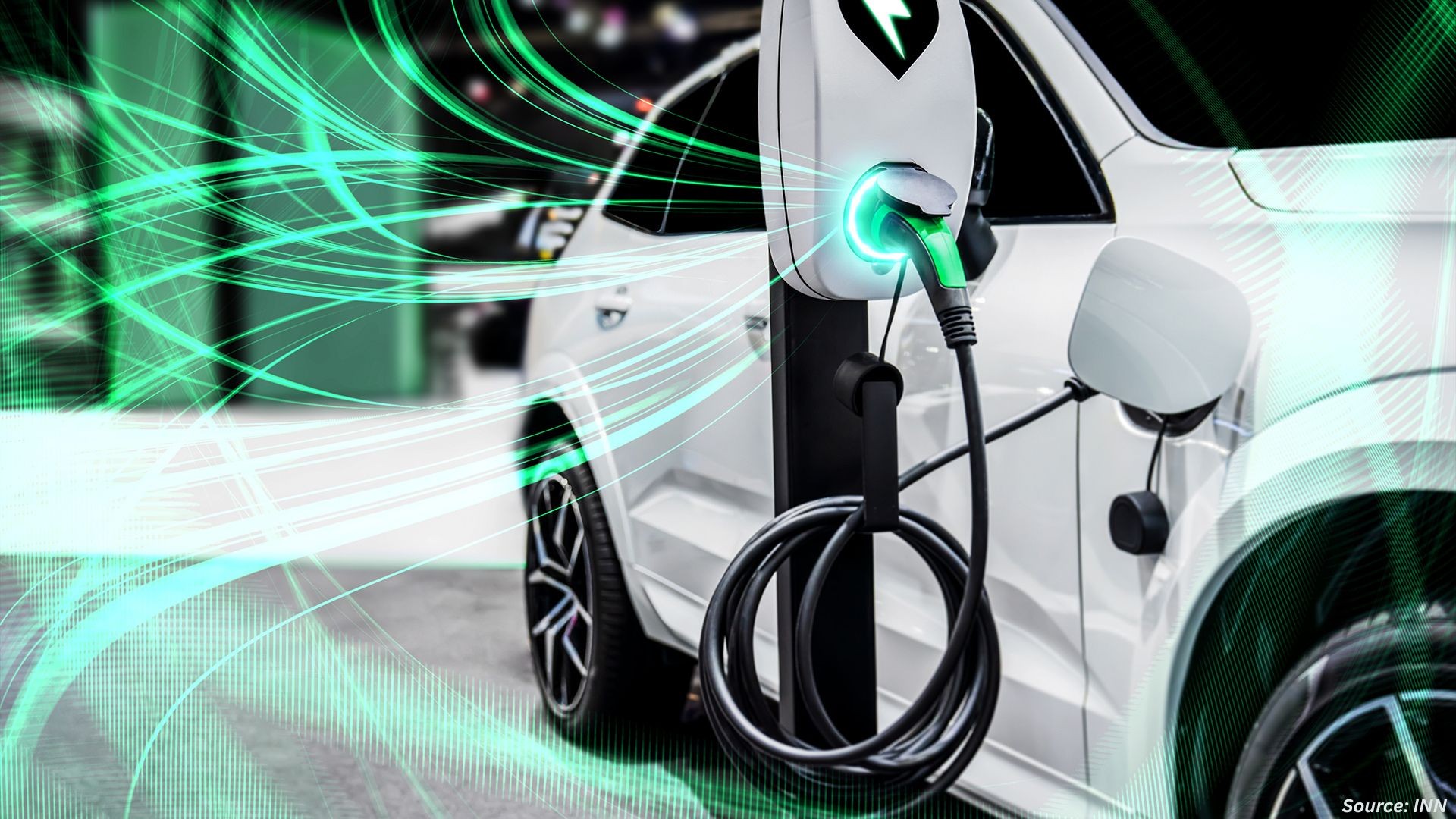

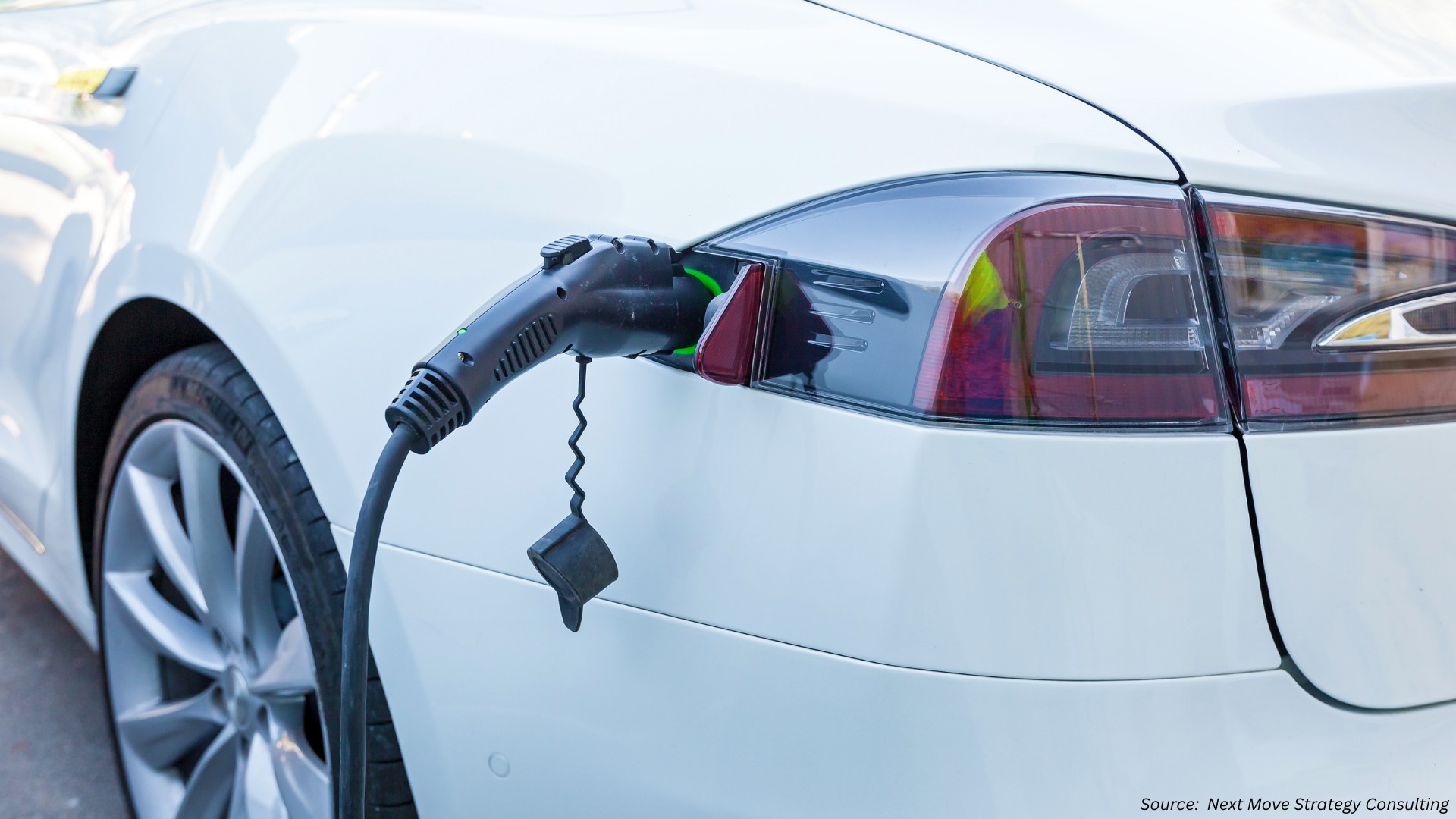
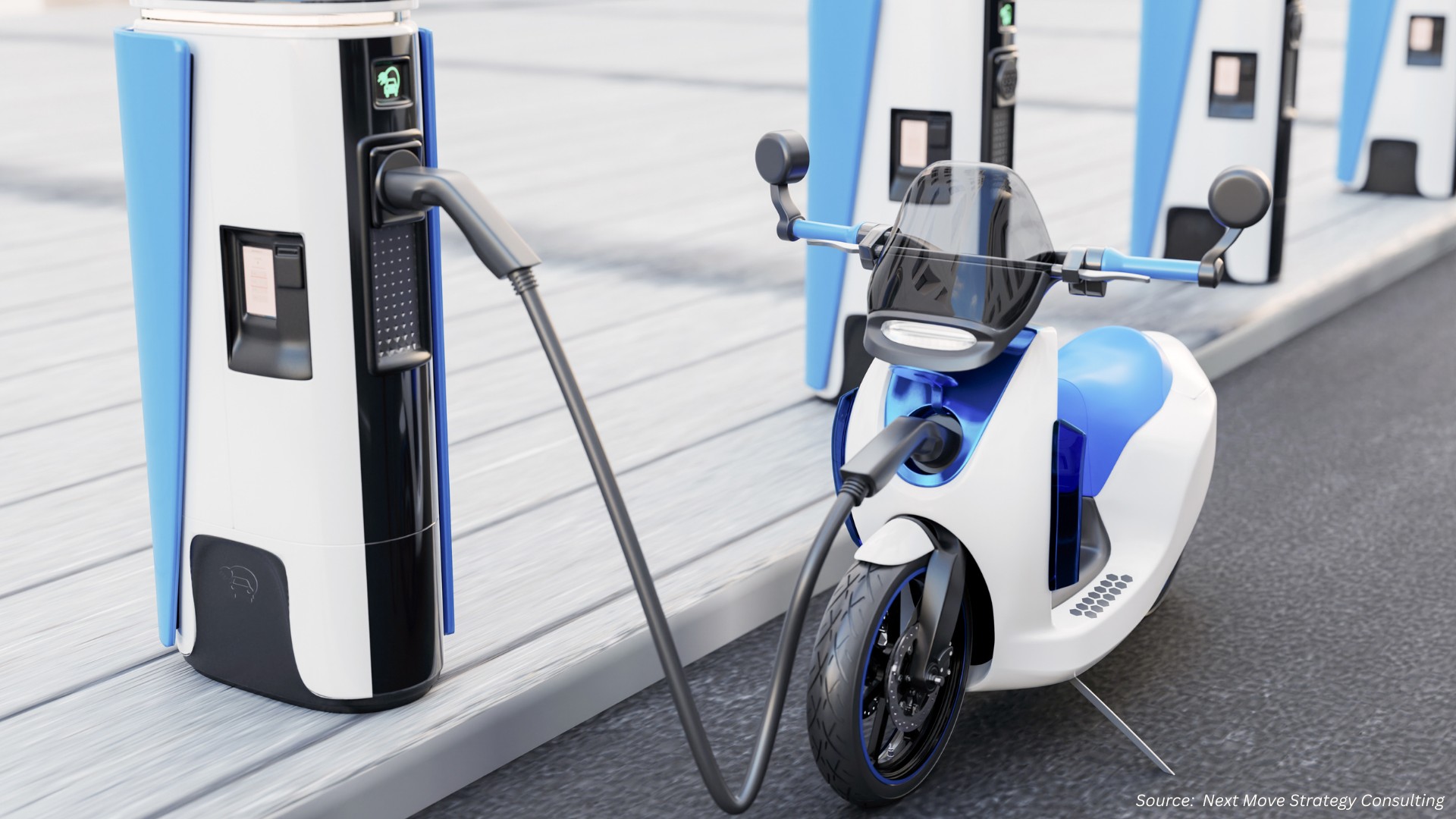




Add Comment